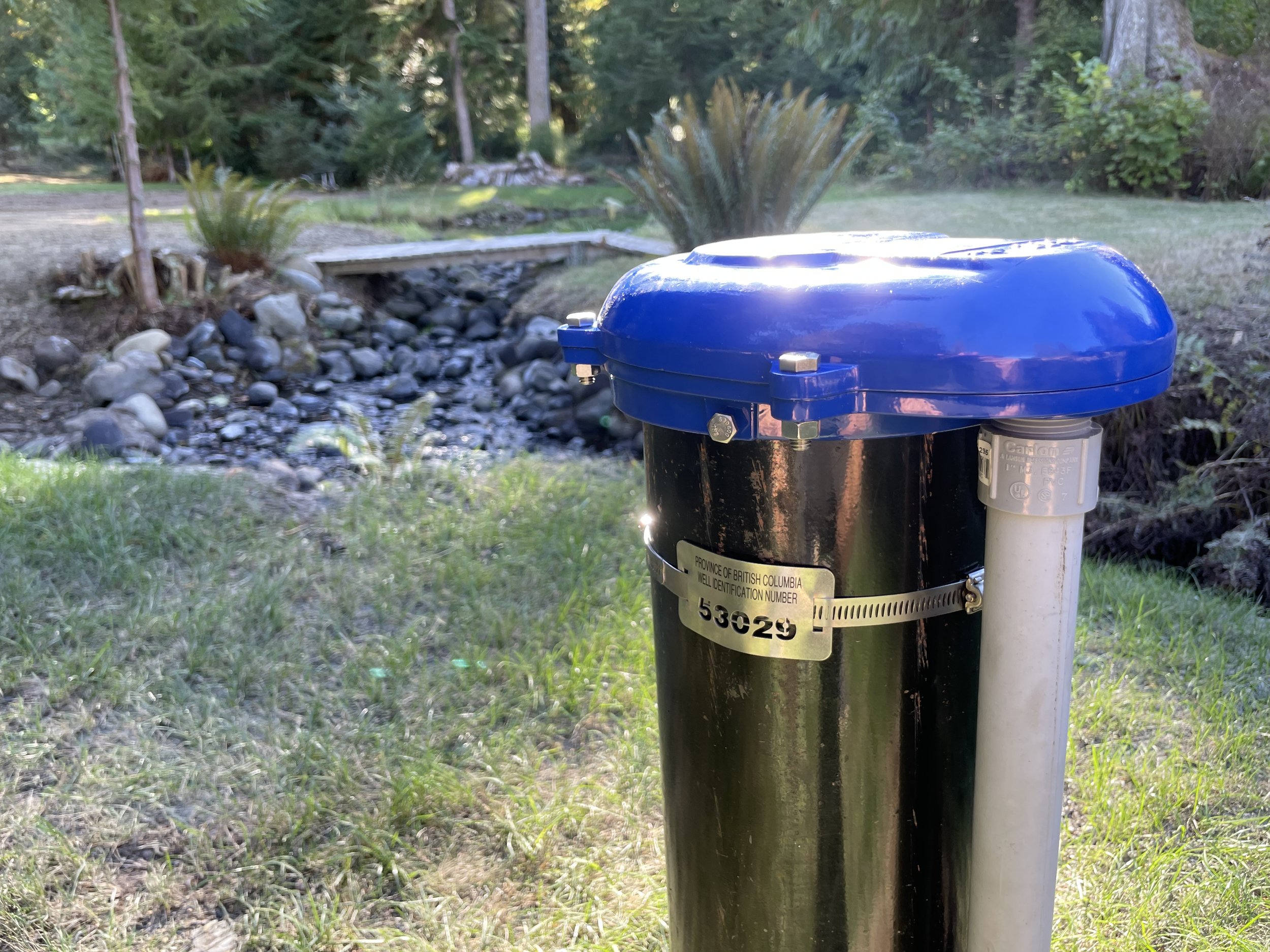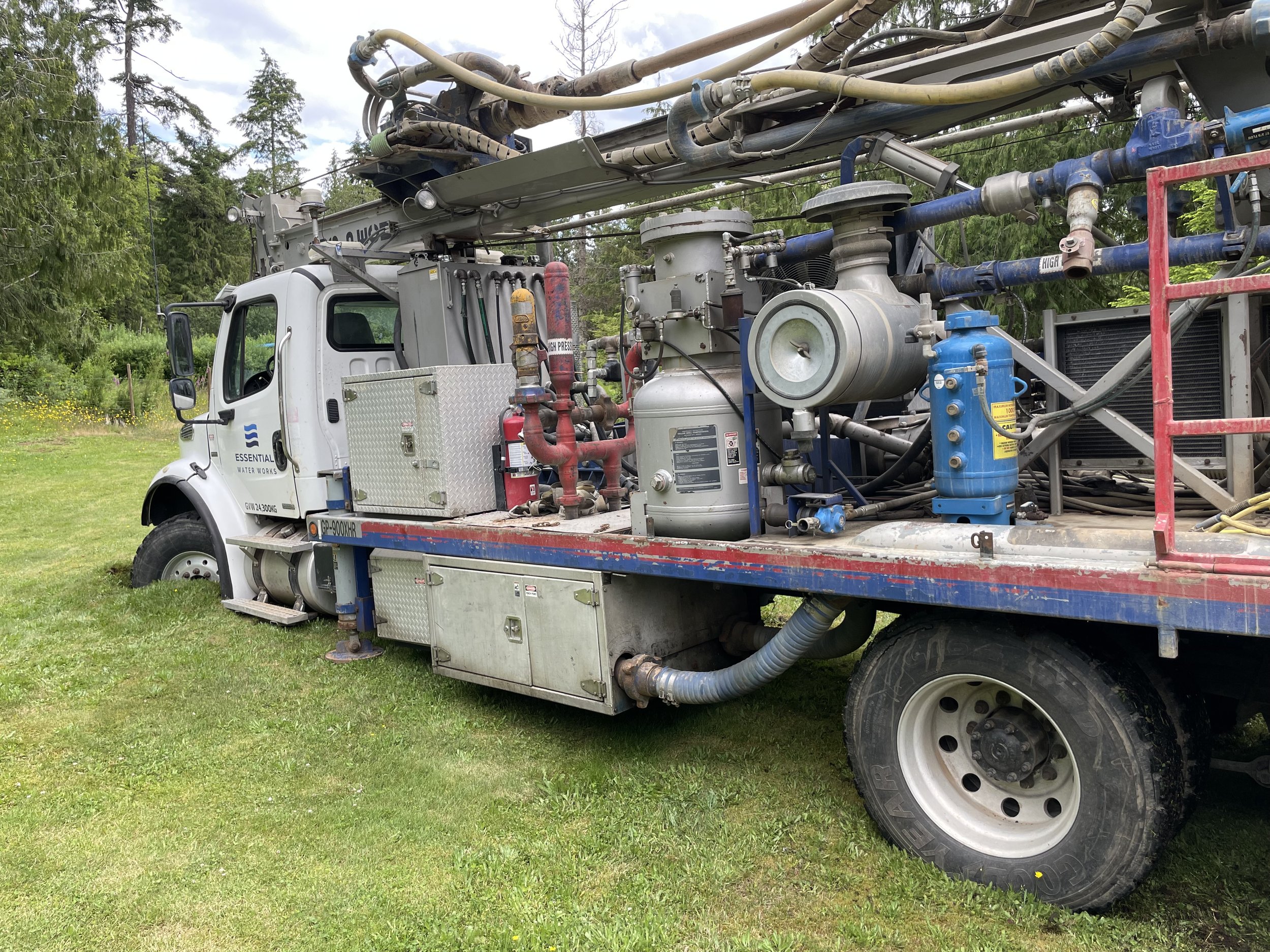Drilling - Before we drill
At Essential Water Works, we approach the design and construction of each well with the utmost care and precision, treating every project as if it were our own. Our commitment is to ensure that every well we drill is reliable, long-lasting, and constructed using the most appropriate methods and high-quality materials.
The Pre-Well Construction Process
Initial Consultation
We begin by discussing the specifics of your property. Whether it’s a family residence, an agricultural property with a garden or livestock, or a business operation, understanding your needs helps us determine the optimal solution for your well. Information such as the size of the property, water usage, and future plans will guide our recommendations.Site Research & Planning
After our initial consultation, we conduct thorough research by gathering data from nearby wells (known as offset information). This allows us to estimate the likely depth and pump rate of your well. Historical well data helps us predict the well’s potential performance and gives us a clearer picture of both construction feasibility and cost.On-Site Visit
A site visit is essential to assess the best location for your well. We will evaluate the setback requirements, access for drilling equipment, and overall site conditions to ensure that the well construction is both efficient and compliant with local regulations.
Before We Arrive: What You Need to Do
To help streamline the process, please take the following steps prior to our visit:
Confirm Setback Requirements
Ensure that the proposed well location meets the following setback regulations:3 meters from property boundaries
6 meters from residential buildings
15 meters from existing water source wells (unless you own the well in question)
30 meters from septic tanks and fields
Mark Underground Utilities
All underground utilities (water, gas, electricity, communication lines, etc.) within 25 feet of the proposed drilling site must be clearly marked and flagged. This is essential for safety and to avoid potential damage during the drilling process.Ensure Adequate Access for Equipment
The drilling rig and support truck require sufficient space for access. Please ensure that there are no obstructions, such as narrow driveways, steep slopes, soft ground or heavy vegetation, that could prevent the delivery of our equipment.The drilling rig weighs 55,000 lbs., is 40 feet long, 8 feet wide, and 13.5 feet high.
The support truck is 20,000 lbs., 22 feet long, 8 feet wide, and 10 feet high.
Common obstacles to access include tight corners, uneven terrain, logs, rock formations, trees or branches, fencing, and overhead utility lines. These must be cleared to ensure safe and efficient access for the equipment.
By preparing in advance, you’ll help ensure a smooth and timely drilling process, minimizing delays and maximizing the efficiency of the installation.
Over head obstructions
Soft ground accessing well site



